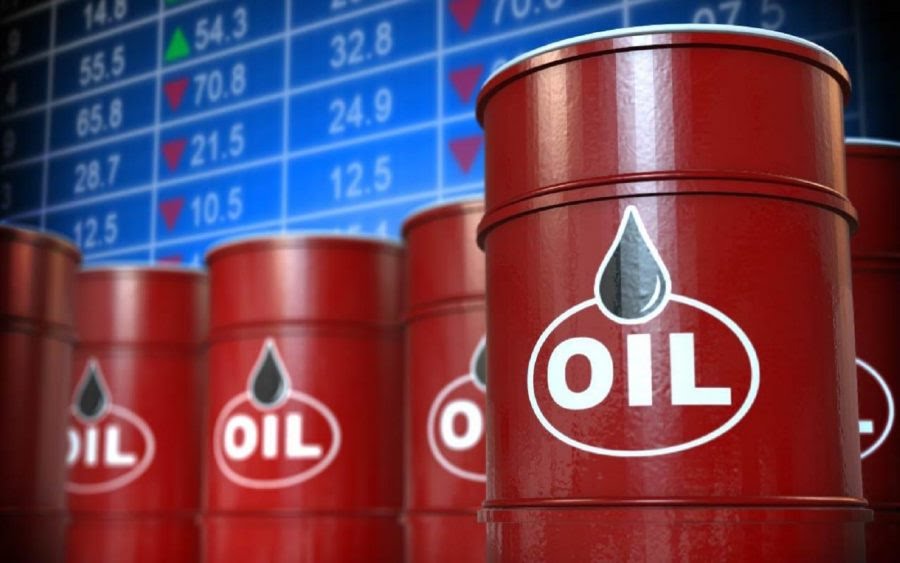“Tariffs might dent economic and oil demand growth, but they also curtail oil supply when directed towards oil producers, such as Canada and Mexico,” said PVM analyst Tamas Varga. Canada’s oilfield drilling and services sector was showing signs of slowing ahead of threatened tariffs. Mexico’s President Claudia Sheinbaum said that whatever Washington decided, her country was ready. China, the No. 2 economy after the U.S., said it was preparing countermeasures to tariffs targeting U.S. agriculture.
In early trading, crude prices drew support from data showing manufacturing manufacturing activity in February expanded at the fastest pace in three months. But, recent reports of softening U.S. consumer demand spurred fears of a slowdown. Analysts said Trump’s planned tariffs have also raised inflation worries at the U.S. Federal Reserve. This could lead the Fed to keep interest rates higher for longer, which could slow economic growth and energy demand.
Worries about the impact of possible slowing economic growth on oil demand pressured WTI prices, which fell about 10% over the past six weeks. That prompted speculators last week to cut their net long futures and options positions on the New York Mercantile and Intercontinental Exchanges to their lowest since a record low of 30,623 contracts in December 2023, according to the U.S. Commodity Futures Trading Commission’s Commitments of Traders report. Britain said there were several possible proposals for a possible Ukraine ceasefire. France floated a proposal for a month-long initial truce that could pave the way for peace talks. On Sunday, Ukrainian President Volodymyr Zelenskiy said he believed he could salvage his relationship with Trump. However, he said talks needed to continue behind closed doors after the Oval Office clash last week.
The showdown raised the prospect of a lasting divide between the two leaders, RBC Capital analyst Helima Croft said in a note, adding it could lead to a swifter removal of U.S. sanctions on Russia, the No. 3 oil producer behind the U.S. and Saudi Arabia. Russia is a member of OPEC+, the Organization of the Petroleum Exporting Countries (OPEC) and allied countries. Prospects for a peace deal in Ukraine and potential spending increases in the euro area caused the U. S. dollar to fall by around 1% versus a basket of other currencies, its biggest daily percentage decline since late January. A weaker U.S. dollar could boost energy demand by making dollar-priced oil less expensive for buyers using other currencies. REUTERS

